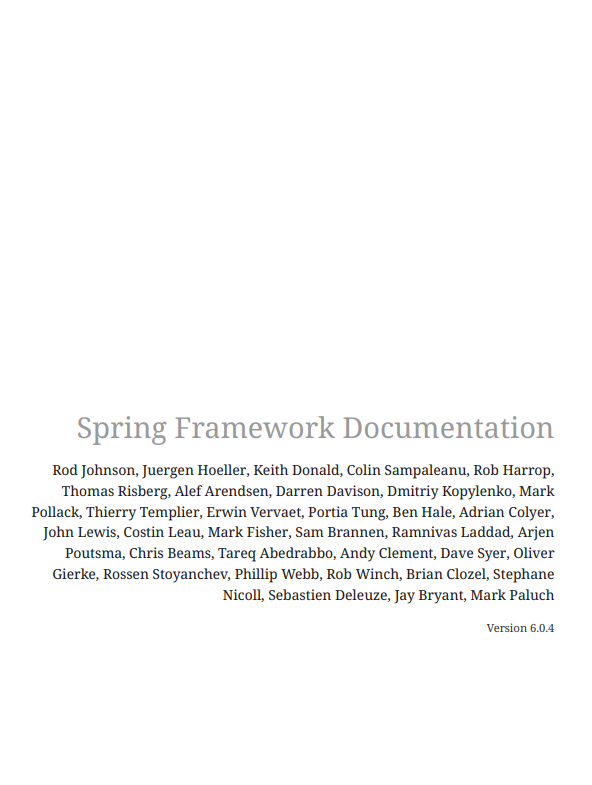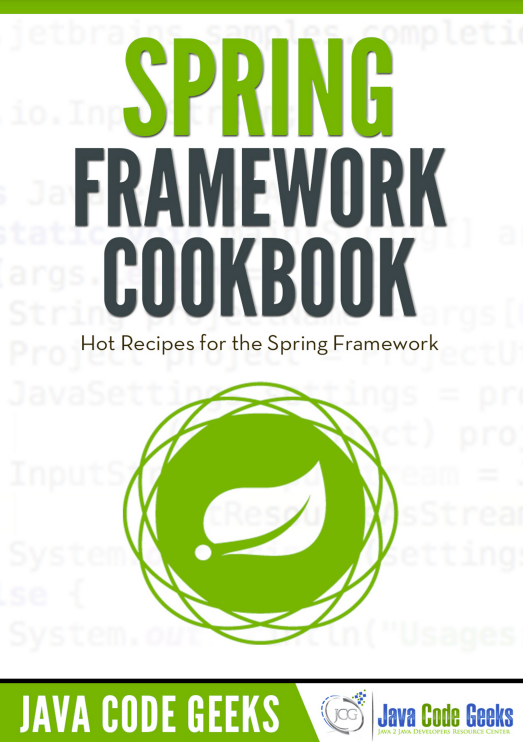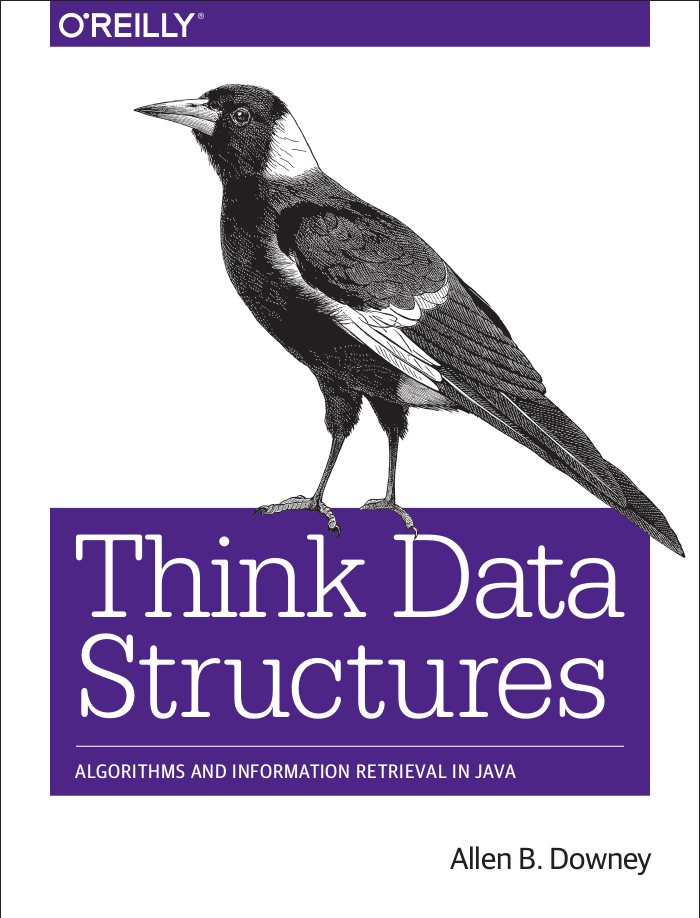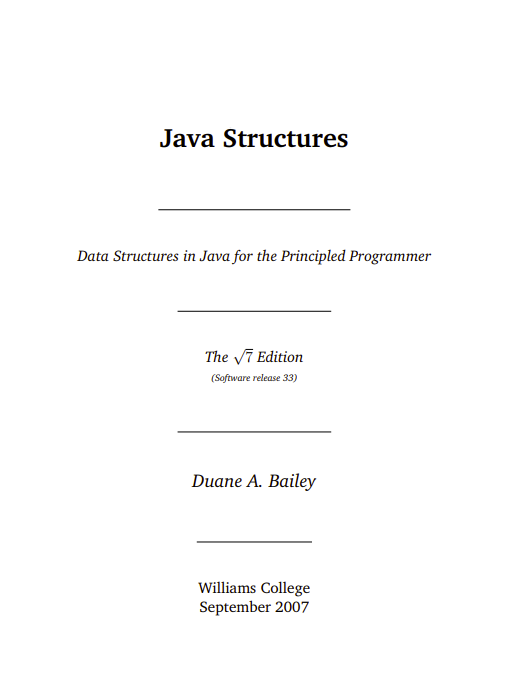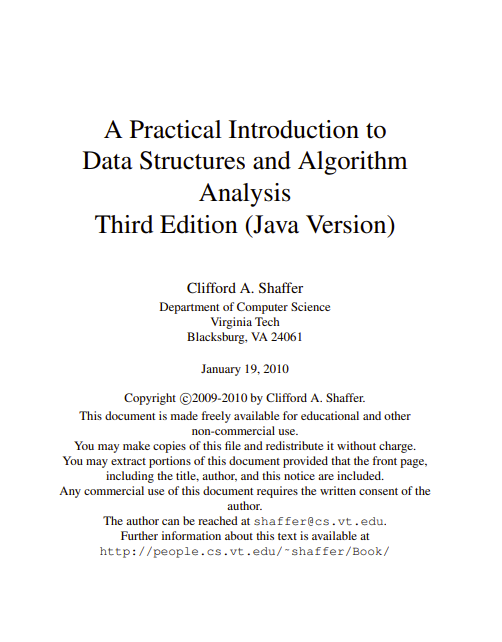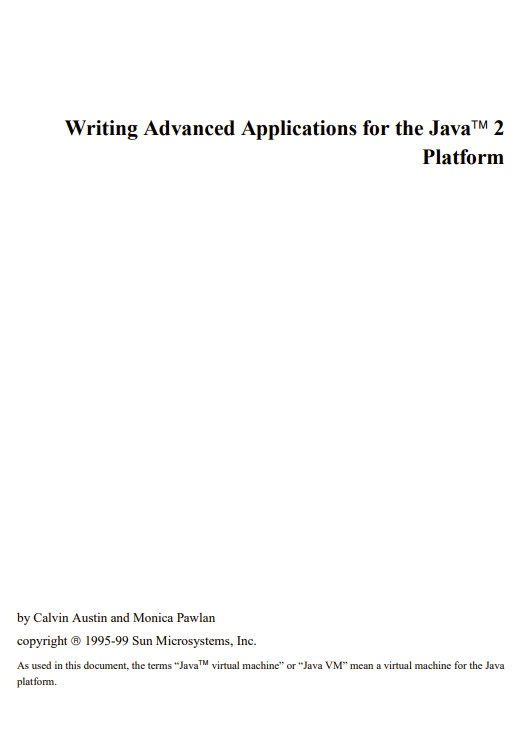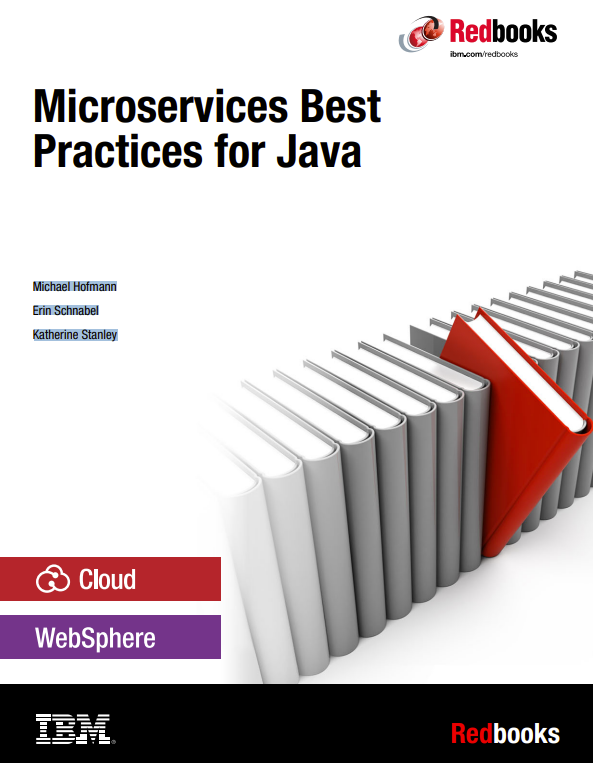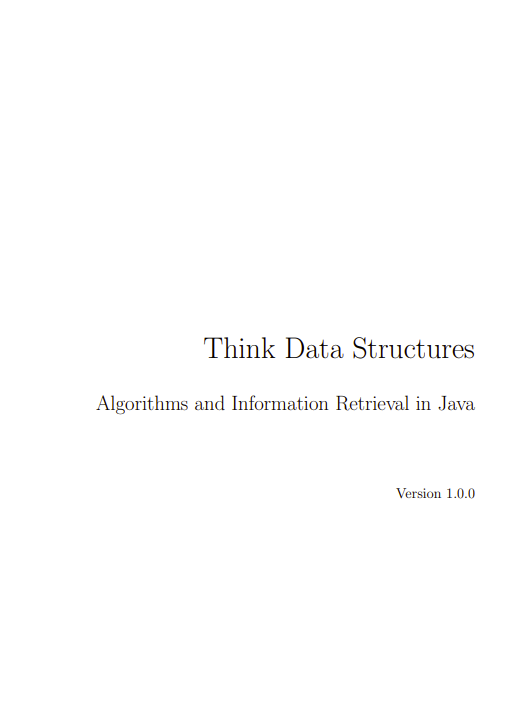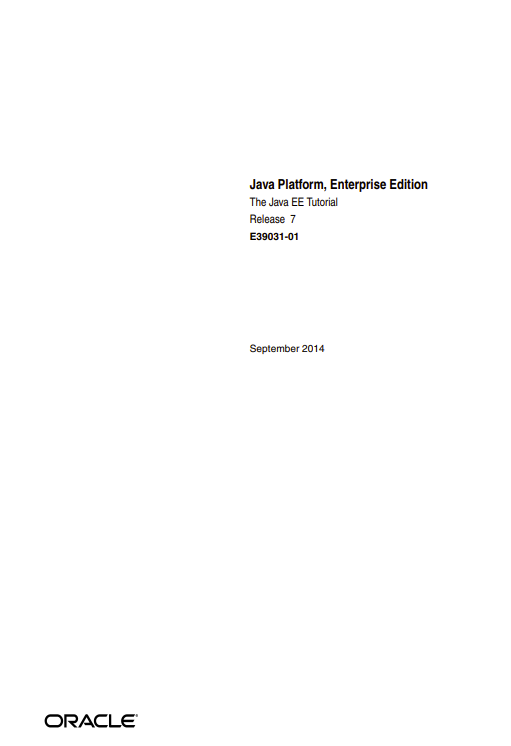Spring makes it easy to create Java enterprise applications. It provides everything you need to embrace the Java language in an enterprise environment, with support for Groovy and Kotlin as alternative languages on the JVM, and with the flexibility to create many kinds of architectures depending on an application’s needs. As of Spring Framework 6.0, Spring requires Java 17+.
Spring supports a wide range of application scenarios. In a large enterprise, applications often exist for a long time and have to run on a JDK and application server whose upgrade cycle is beyond developer control. Others may run as a single jar with the server embedded, possibly in a cloud environment. Yet others may be standalone applications (such as batch or integration workloads) that do not need a server.
Spring is open source. It has a large and active community that provides continuous feedback based on a diverse range of real-world use cases. This has helped Spring to successfully evolve over a very long time.
2.1. What We Mean by “Spring”
The term “Spring” means different things in different contexts. It can be used to refer to the Spring Framework project itself, which is where it all started. Over time, other Spring projects have been built on top of the Spring Framework. Most often, when people say “Spring”, they mean the entire family of projects. This reference documentation focuses on the foundation: the Spring Framework itself.
The Spring Framework is divided into modules. Applications can choose which modules they need. At the heart are the modules of the core container, including a configuration model and a dependency injection mechanism. Beyond that, the Spring Framework provides foundational support for different application architectures, including messaging, transactional data and persistence, and web. It also includes the Servlet-based Spring MVC web framework and, in parallel, the Spring WebFlux reactive web framework.
A note about modules: Spring’s framework jars allow for deployment to JDK 9’s module path (“Jigsaw”). For use in Jigsaw-enabled applications, the Spring Framework 5 jars come with “Automatic-Module-Name” manifest entries which define stable language-level module names (“spring.core”, “spring.context”, etc.) independent from jar artifact names (the jars follow the same naming pattern with “-” instead of “.”, e.g. “spring-core” and “spring-context”). Of course, Spring’s framework jars keep working fine on the classpath on both JDK 8 and 9+.
